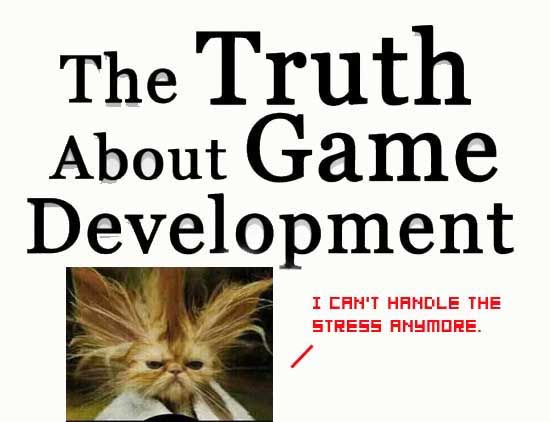When playing Mass Effect or BioShock, the experience is often so enthralling that one forgets everything but the game world they are immersed within. The last thing you may think of when playing next generation titles is the funding behind their creation, but it seems to be a key to many stressors behind the scenes.
Per a recent BBC article, games such as Halo 3 are able to recoup the tremendous cost behind development due to their popularity, which is comparable to a blockbuster film. Halo 3 cost $30 million to make, but earned $170m on its first day of sales, covering the cost of the game and a great deal of the marketing costs spent to promote it. While Microsoft has the resources for such an endeavor, smaller companies often find themselves struggling to compete.
Hit the jump for more.
Per the European Games Developer Federation chairman, Fred Hasson:
“With profit margins so tight, the line between survival and failure can rest on the sales from just one Christmas. The fear is that many companies will simply not survive the festive period.
“It is not unlikely that after Christmas, we may find there are some casualties,” says Hasson.
While some developers express worry about such wading such tricky waters, other sources aren’t feeling their pain. Professor Danny Quah, head of ecomomics at the London School of Economics, seemed to feel that the digital economy was one which was simply more a sink-or-swim matter:
“Because of these very high upfront fixed costs, the risks that these entrepreneurs have to undertake are likely expanded from before,” says Quah.
“That’s not necessarily a bad thing, though. The fact is that with risk comes reward and the two go hand in hand.
“What we see is that the economy becomes much more in-your-face, much livelier, much more real for the people who are engaged with it.”
Bottom line, this is a very different age than the days of Pac-Man (which cost Namco roughly $100k to make back in 1982.) The news is strong for the industry giants, but perhaps will hit the indie developers the hardest, who may have a vision for a next-gen title but simply cannot afford to have it produced the way they would like. Of course, there are many other routes such as the portable market, but they will not be able to effectively compete alongside next-gen games.
I love living in an era when I can play a game so actualized that I can have a difficult time telling it apart from real life, but I also recognize that I’ve played many a game that had the glitz of next-gen graphics, yet had no emotional impact on me whatsoever.
The only concern I have with these new standards is that the “Hollywood big budget” style of game is becoming the norm, automatically shoving games that cannot compete on that level below the radar. More often than not gems come from unusual places, but it is possible that some of them may never come to fruition if they attempt to go through the major channels.





Published: Dec 27, 2007 12:06 pm